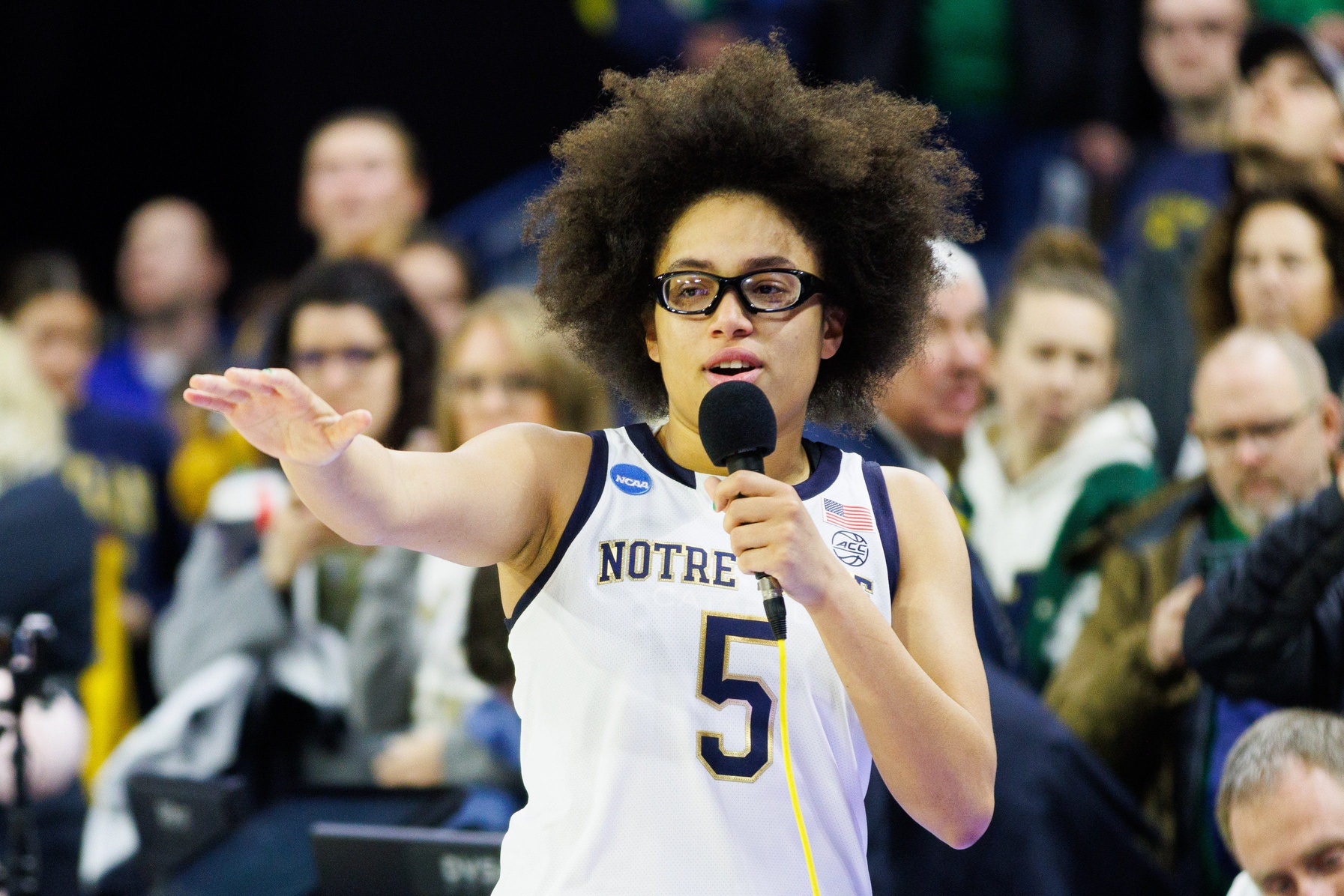With the WNBA Draft approaching, some of the top college players are choosing to stay in school rather than turn pro. But why are so many opting to remain in college instead of entering the league?
The Impact of NIL on College Athletes
Before 2021, college athletes couldn’t profit from their name, image, and likeness (NIL). That changed with a rule revision, allowing athletes to sign sponsorship deals. Since then, NIL has reshaped the college sports landscape, offering players financial opportunities that sometimes rival—or even exceed—what they’d earn as professionals.
While the NBA is a multibillion-dollar league, the WNBA operates on a much smaller scale. The league’s highest-paid player earns less than $600,000 annually, while the NBA’s top earner makes about $55 million per year. (Salaries subject to verification.)
As NIL deals become more lucrative each year, some college players with multiple endorsements now make more than the average WNBA player. That financial reality has led many athletes to extend their college careers rather than enter the draft.
Does College Basketball Pay More Than the WNBA?
According to ESPN, projected No. 2 WNBA draft pick Olivia Miles has entered the transfer portal instead of declaring for the draft. This decision reflects a growing trend among college players.
Many women’s basketball players delay entering the WNBA and use all their NCAA eligibility. One of the biggest reasons is financial—while the WNBA generates revenue, college basketball is often more profitable for individual players.
Several factors contribute to why college basketball can be more financially appealing than the WNBA:
Attendance and Viewership: College basketball programs, especially in major conferences, draw large crowds and significant TV ratings.
Revenue Sharing: The NCAA generates substantial revenue from March Madness and other tournaments, distributing a portion to member schools.
Marketing and Branding: Colleges often have strong fan bases, leading to lucrative endorsement and branding opportunities for players.
KEEP READING: Top 10 Women’s College Basketball Players in 2025
By contrast, the WNBA operates with a smaller revenue pool than the NBA, and its players earn significantly less than their NBA counterparts. While the league is growing, it still faces challenges with visibility and financial stability.
Some of the top NIL earners in college basketball make millions in endorsements and sponsorships—far more than the average WNBA player’s salary. This financial advantage is a major factor in why some athletes are choosing to stay in college for as long as possible.
WNBA salaries are based on a fixed contract structure which is relatively low compared to the NBA while NIL deals provide a more variable income stream for college athletes. Some highly rated college players, particularly those with strong marketability, earn significantly more from NIL than they would in the WNBA.
While the WNBA offers a structured professional pathway with guaranteed salaries, the potential for NIL deals in college basketball has created a new landscape where college athletes can generate significant revenue, potentially making them more lucrative than some WNBA players.
The situation is constantly evolving, and the long-term impact of NIL on the future of college basketball and the WNBA remains to be seen.
As NIL continues to evolve, the decision to enter the WNBA Draft will likely become more complex for top college players, balancing immediate professional opportunities with the financial benefits of staying in school.
Don’t miss a moment of March Madness! Download your 2025 NCAA Tournament printable bracket and stay on top of every game, matchup, and Cinderella story. Get yours now!



